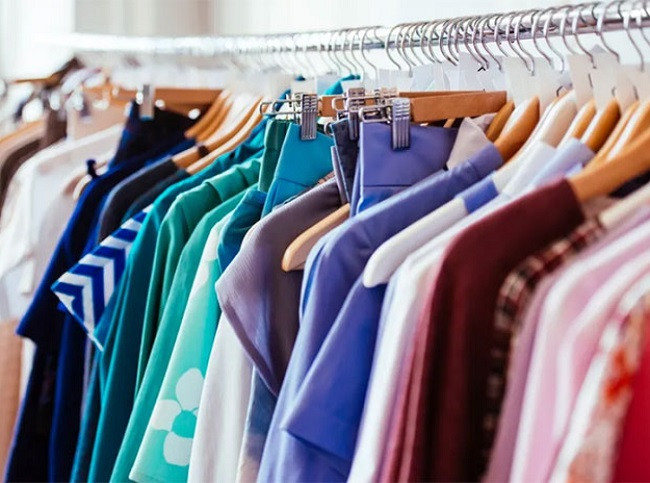Inditex to fund university education of 50 female workers in Bangladesh
Inditex will fund the university education of 50 female textile industry workers in Bangladesh for five years.
The beneficiaries of this new Inditex scholarship programme, aimed at promoting professional development at the Asian University for Women, will be selected from the workers of Inditex’s partner suppliers in the country.
Inditex and the Asian University for Women have launched a new scholarship programme to support the academic training of female textile factory workers in Bangladesh. Inditex will allocate €3.75 million to fund this initiative, enabling 50 women to access pre-university and university education over the next five years, providing them with new opportunities for personal and professional growth.
Access to higher education for women remains a critical issue in Bangladesh, where female university enrollment is increasing at a slower rate than that of men. In this context, AUW is dedicated to empowering women from all backgrounds, equipping them with the skills to become more qualified professionals, leaders in their communities and workplaces, and advocates for economic and cultural development.
“At Inditex, we believe that empowering women through education is one of the most effective ways to drive lasting and meaningful change in these communities. Through this scholarship program, we are investing in the future of female workers—the backbone of our supply chain—by providing them with the tools to unlock new opportunities and foster progress within their communities,” said Inditex CEO Óscar García Maceiras.
“At a time when uncertainty in global affairs has reached a new height, the partnership between Inditex and the Asian University for Women reminds us of what really matters — the weakest in our society must get the opportunities to rise above the circumstances that circumscribe the possibilities in their life. As the first one in my family to enter university, I know how powerful higher education can be in opening doors that otherwise remain unimaginable. I commend Inditex for this far-reaching commitment that will help deepen AUW’s ability to identify talent where few others see them and nurture them so that they too can contribute in the making of a better future for themselves and the world”, Cherie Blair, Chancellor of the Asian University for Women.
Set to launch in the upcoming academic year, this initiative will enable 50 female textile workers in Bangladesh to cover their tuition, accommodation, and living expenses for five years. The selection process will begin in the coming weeks and will take place at Inditex’s supply chain factories in the country. As part of the process, AUW will conduct informational sessions, selection interviews, and admission tests at participating factories for all interested workers.



















